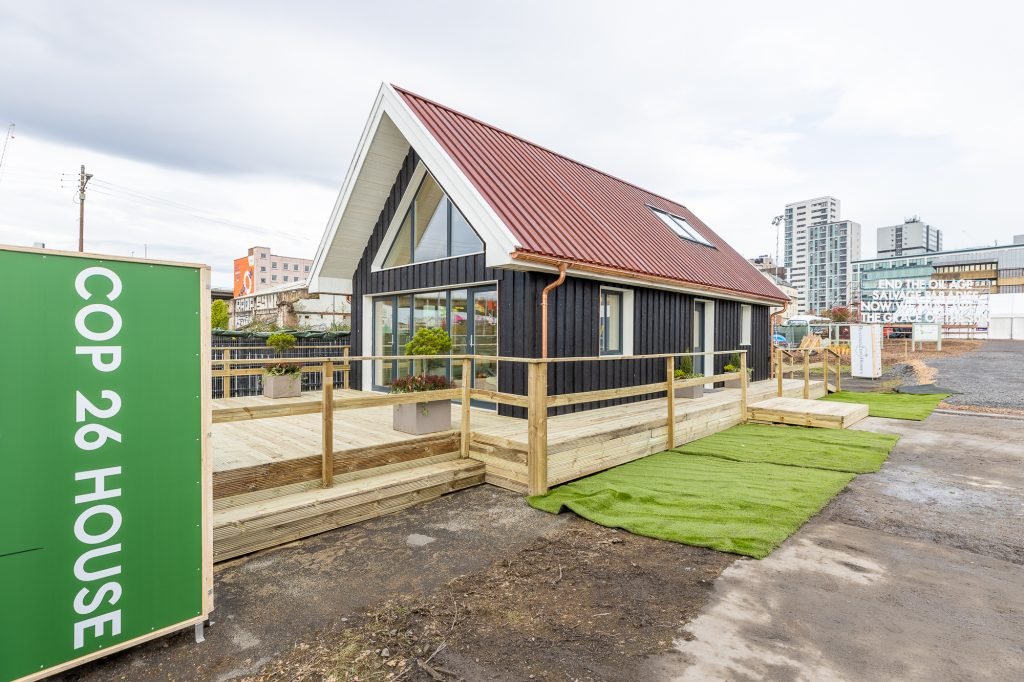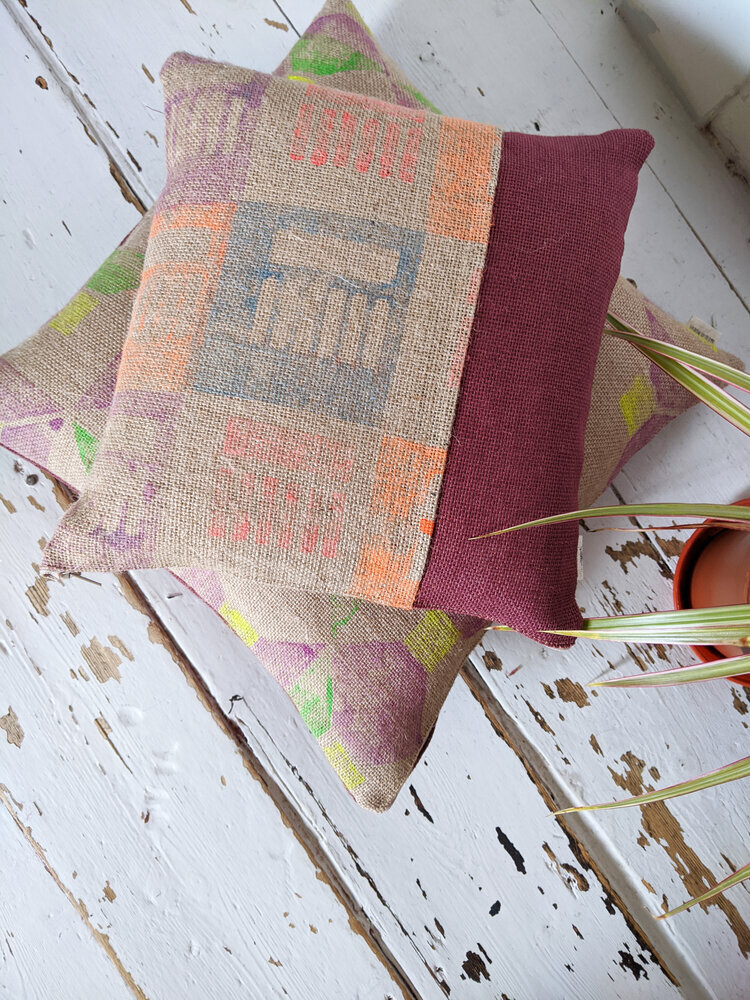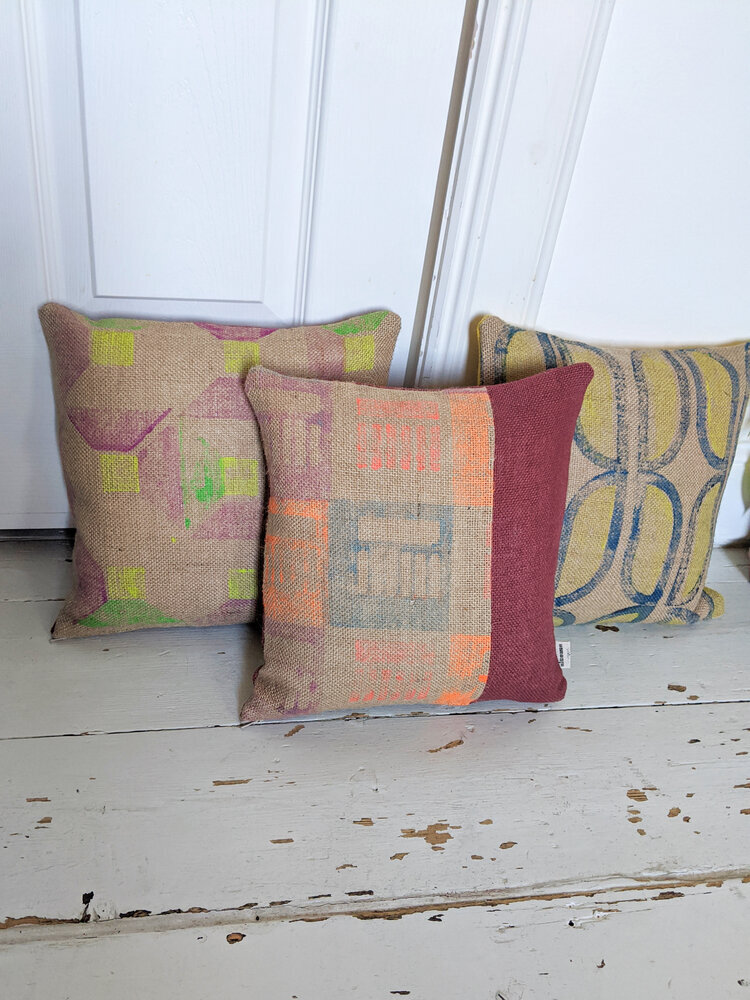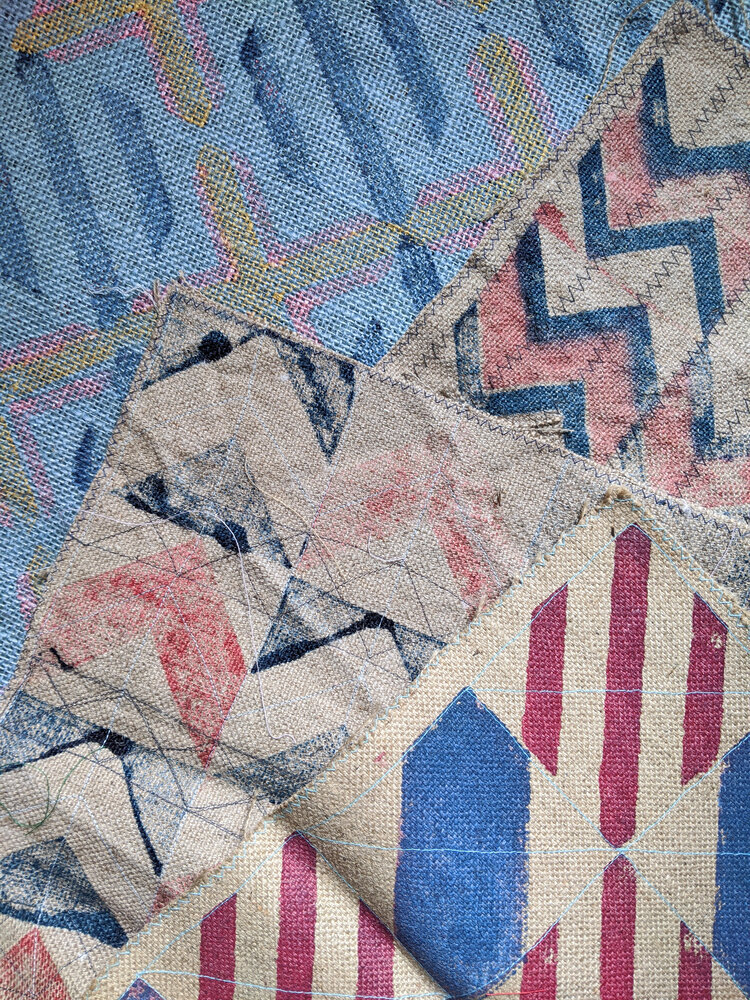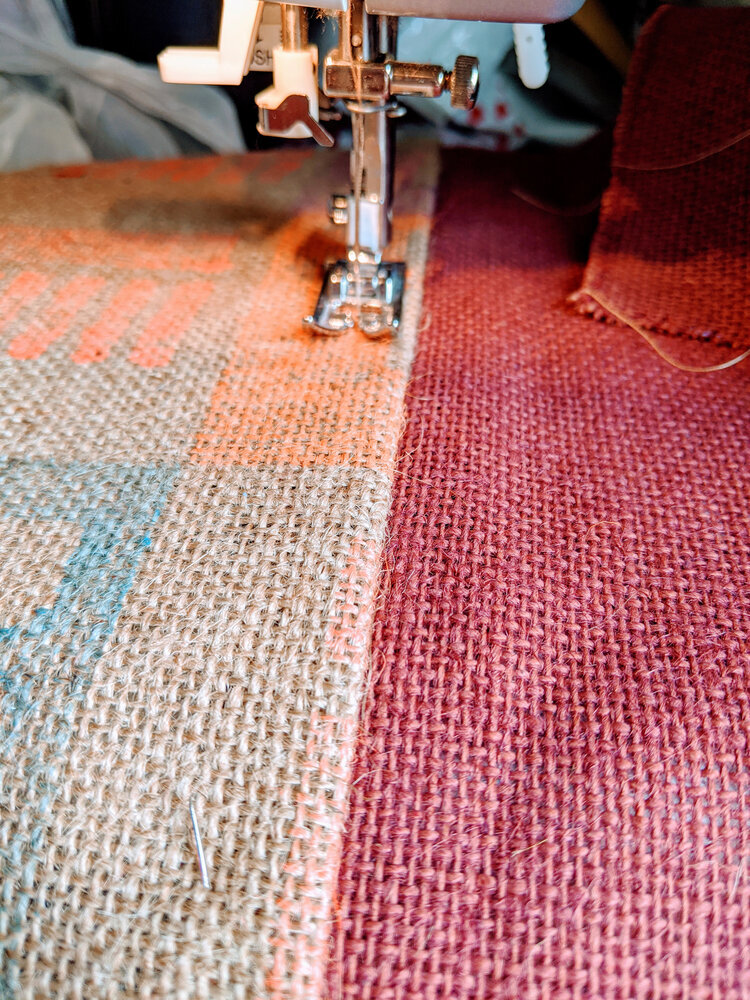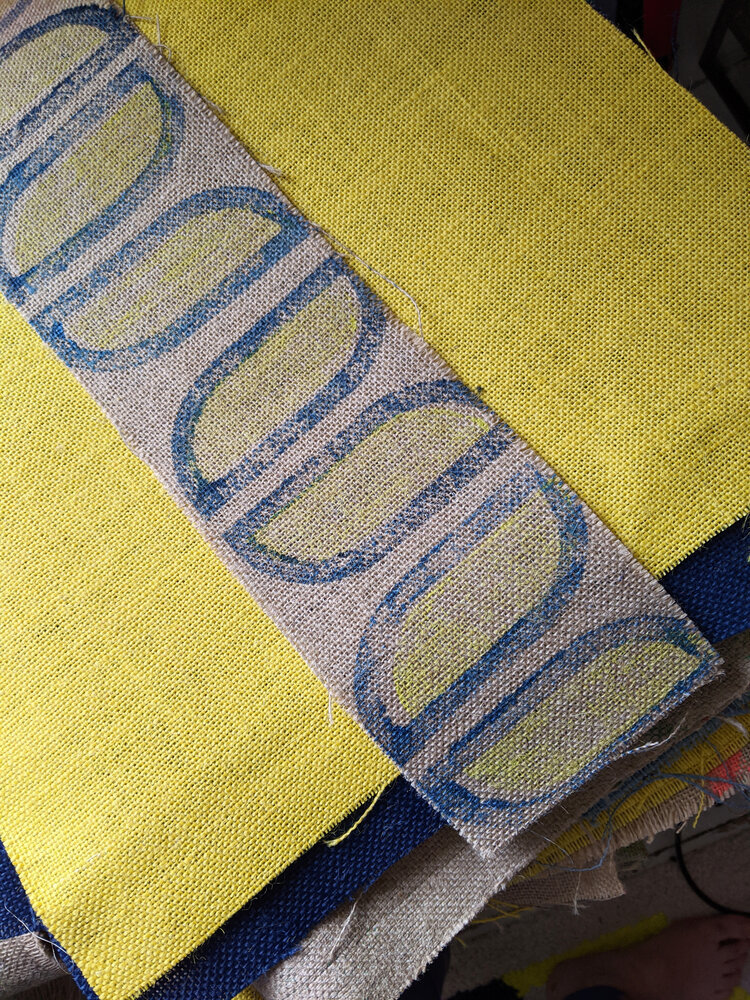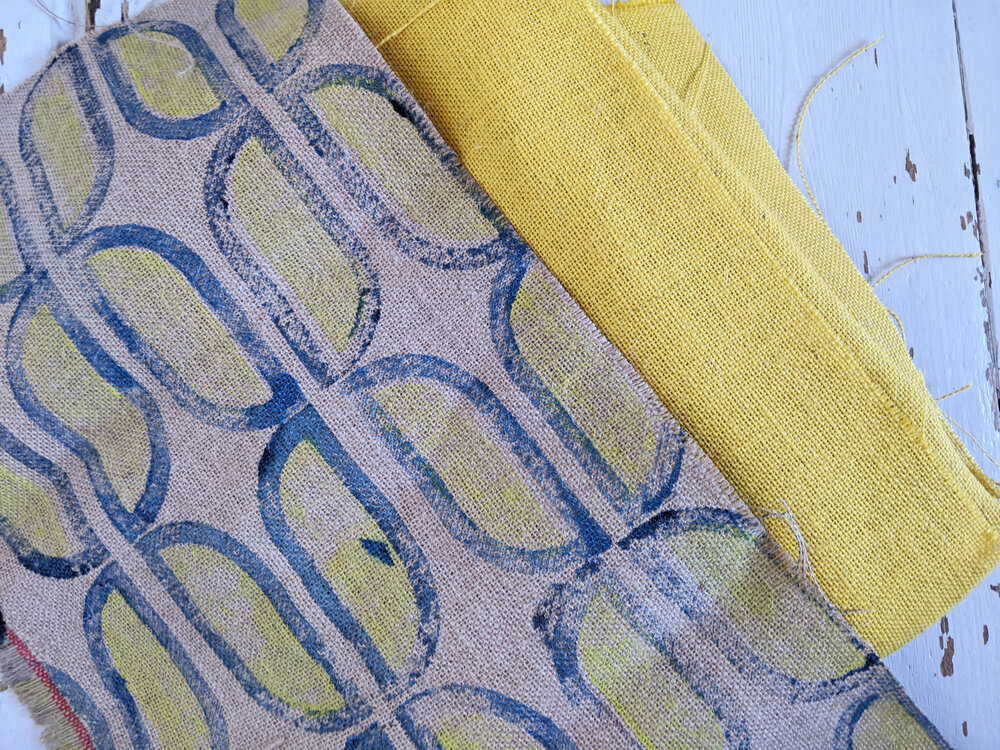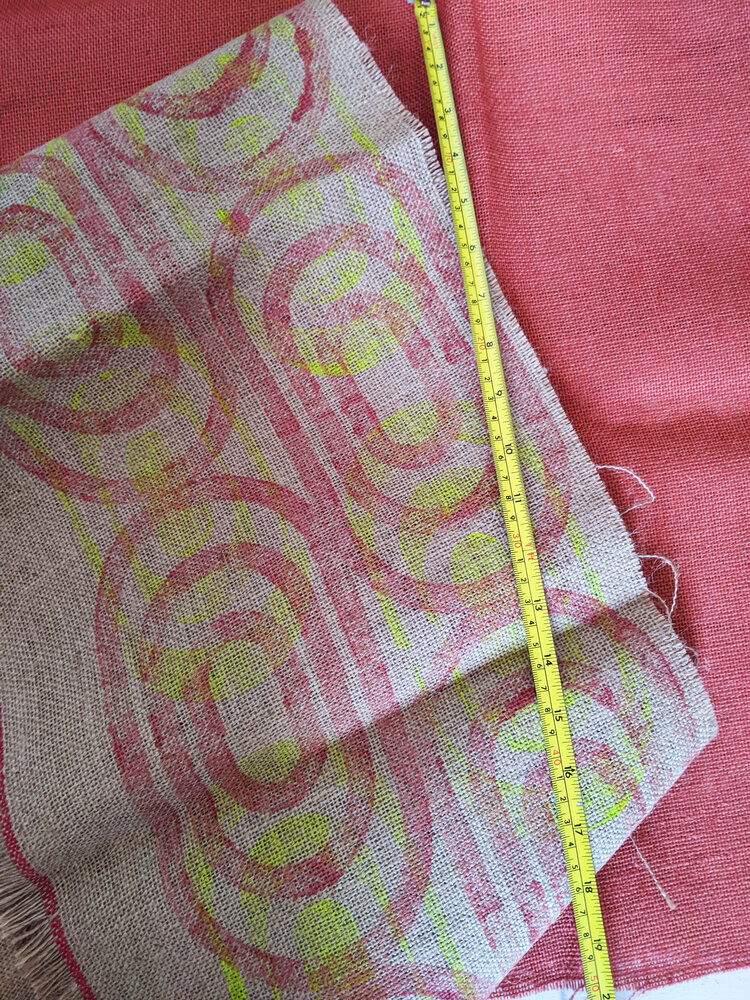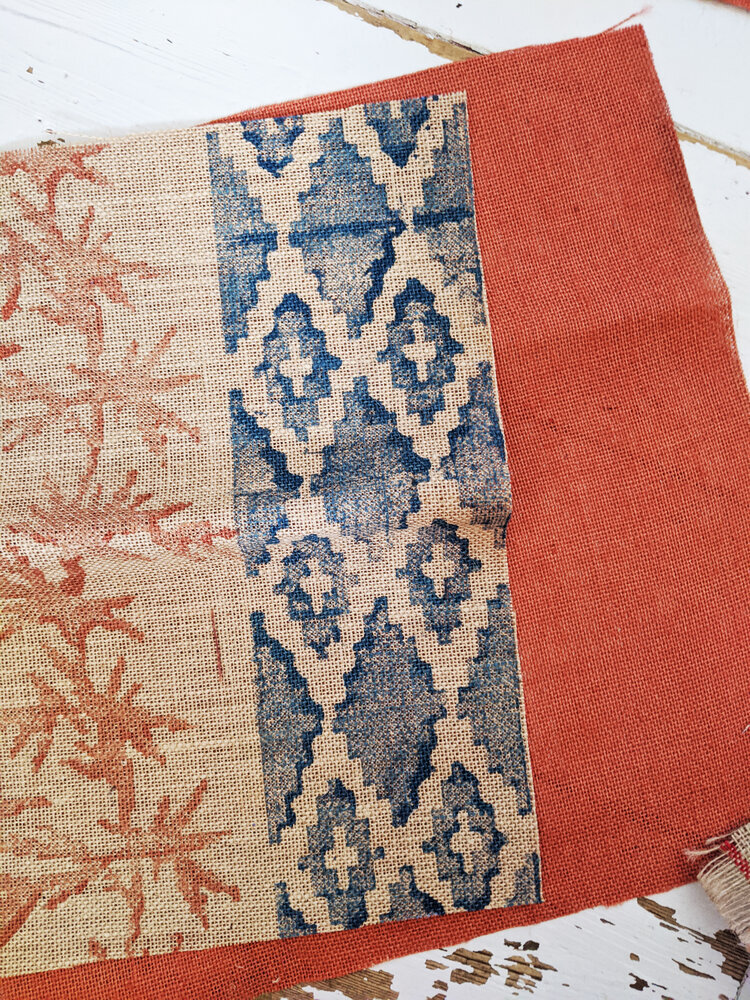hello! first of all, apologies for not having posted anything for ages, zitozza have been very, very busy in the last few weeks with making stuff and taking them to events… but we haven’t yet shared the best news on the coolest (probably ever!) project - the COP26 house in glasgow. this is a sustainable model house built at the broomielaw for the COP26 climate conference and as an obsessive architecture and sustainability geek, i was eager to learn more about this and with a huge thanks to beyond zero homes i managed to put together a little bit about this.
the house itself is a project of many contributors, designed by peter smith of roderick james architects, developed by members of beyond zero homes - a collaboration between developers, architects, suppliers and industry bodies with the single aim to demonstrate how beautiful, affordable, healthy and comfortable homes can be developed with minimal impact on the environment, throughout their lifecycle.
photo by fourfifteen, with thanks to beyond zero homes
there’s an important thing to mention here before delving into the details here - i’d like to emphasise that this house isn’t some kind of futuristic concept, but designed for the present and built using materials and technologies that we have available today and it is very much a present imperative to use them across our building projects if we take our climate goals seriously. so what exactly are these materials and technologies and what makes a building sustainable?
according to this assessment by daniel doran of circular ecology, the house is an exemplar of embodied carbon. most embodied carbon emissions come from the supply chain of construction products – the extraction of raw materials, processing, transporting and manufacturing and then there’s transporting products to site, installation, repair and replacement during use, and their end-of-life deconstruction and disposal. what makes the house actually carbon negative, beating RIBA’s own carbon target by large, is largely thanks to the material choice of locally grown timber. the uk is one of the largest timber importers in the world which is not only an unnecessary addition of shipping-related carbon, but growing them locally also supports reforestation and capturing carbon.
photo by fourfifteen, with thanks to beyond zero homes
the house is of course eco-conscious in using responsible heat sources and airtight insulation - it is using infrared heating which works by heating the house itself rather than the air in it, so it is much more efficient, comfortable, space saving, and perhaps the biggest benefit in a wet country such as scotland is reduced moisture. of course the insulation is achieved with triple glazing and even the insulation and the cladding is using timber.
i’m not an expert on construction and structure, but it really amazes me how many places in the design uses timber even where we’re not that used to seeing it and it is also designed to dismantle easily - this will be demonstrated live after the conference, when the house will be disassembled and re-built in aviemore to join an affordable housing scheme of 12 of such houses. i’m going to be honest, i was a little bit sceptical about how much of these houses we can build efficiently in a city though - after all, timber is not known to be hugely scaleable, and in a climate-stable future, we want to spare as much land as possible, don’t we? however, talking about RIBA’s operational carbon targets, the architect peter smith said “for larger houses using this same build system, the target is significantly easier to achieve” which leaves me hoping it would work with multiple households too.
photo by fourfifteen, with thanks to beyond zero homes
last, but not least, we should talk a little bit about the decor - the house was styled by roddy clarke who made conscious decisions to continue the use of sustainable and natural materials inside with wood furniture and locally sourced soft furnishings - which is why i’m so proud and pleased to loan one of my jute rugs to the project. (while we cannot grow jute here locally, it is still one of the most sustainable textiles in the world in terms of carbon capture and water footprint.)
it really is a wonderful project and i hope that in the past few weeks, all the important people in the sector has visited and learnt from this model because we need to implement these practices right now if we want to keep our future liveable. it is easy to get into a negativity spiral about climate change, because we are undoubtedly on a depressing course and we are definitely going to feel the effects of our ignorance for a long time. however, it’s not true that we haven’t done anything or that we are unable to. we do have affordable solutions at hand with which we can limit some of this damage and we are able to use them. i do believe we are smart enough and projects such as this house makes me feel hopeful and positive for the future!
-
links:


